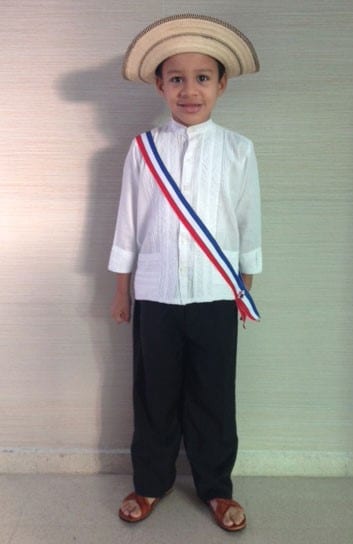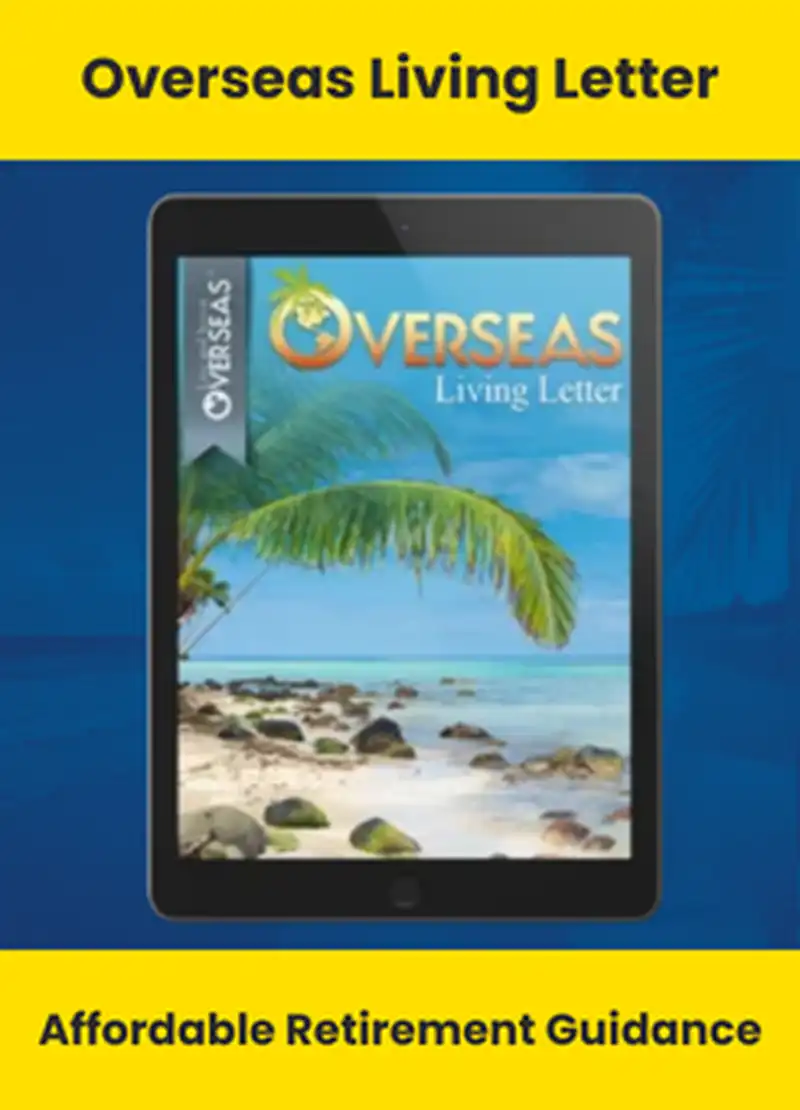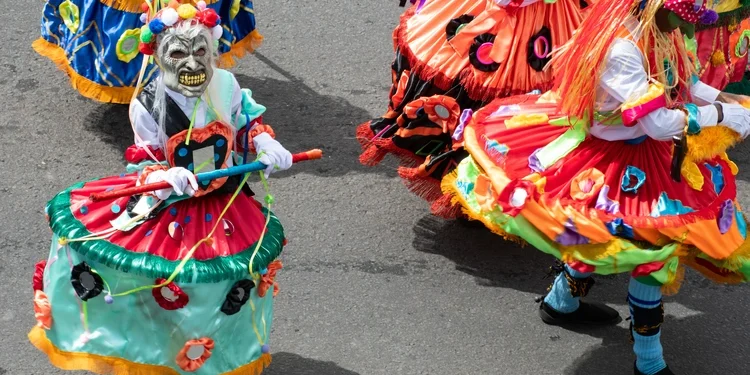Theodore Roosevelt wanted to extend U.S. power and reach. He wanted a strong navy, and he wanted his naval force to be able to move quickly between the Atlantic and the Pacific oceans.
That required a waterway that didn’t exist, so Roosevelt decided he’d build one.
He made a straightforward deal with the Republic of Gran Colombia—cash for the rights to build a canal.
But the Colombians got cold feet. They were only eight decades free of their Spanish conquerors. They didn’t want to swap one overlord for another.
All right, thought Roosevelt, if the Colombians won’t cooperate… maybe the Panamanians will.
Panama, like Colombia, had gained independence from Spain in 1821. But the little isthmus of a nation feared that going it alone might leave the door open to re-colonization by the Spaniards… so they’d opted, grudgingly, to hitch their wagon to the Colombian republic.
Roosevelt approached the Panamanians and suggested that the United States might be OK with the idea of a Panamanian revolt against Colombia… if the resulting Republic of Panama, once formed, would go along with his canal plan.
Bolstered by that support, on Nov. 3, 1903, Panamanian nationalists launched a revolution. Three days later, the United States recognized the new Republic of Panama… and Roosevelt went to work in earnest on the construction of the Panama Canal.
Each of the 120 years since, Panamanians have celebrated the anniversary of that revolt. They don’t see it as an independence day. They remember instead, later this month, the date of their independence from Spain.
Indeed, all November is one big party here in the Hub of the Americas. Before Panamanians get to their Christmas celebrating, they spend a month celebrating being Panamanians.
Join us January 8. for our annual global index reveal.
First up, this past Friday, Nov. 3, was Independence Day… followed yesterday, Nov. 4, by Flag Day… followed today, Nov. 5, by Colón Day.
Colón Day is like Columbus Day in the States, remembering Christopher’s arrival in the New World.
Next, this Friday, Nov. 10, comes the Primer Grito de la Independencia (Cry For Independence), when the villagers of Los Santos wrote a letter to Simón Bolívar complaining about the Spanish and asking for some revolutionary assistance.
Then, later this month, Nov. 28, Panamanians will celebrate Independence Day.
But, wait, didn’t they already celebrate their independence?
Well, yes… and no.
That first holiday, back on Nov. 3, that was to remember independence from Colombia.
The holiday on Nov. 28 remembers freedom from Spain, in 1821, 18 days after the cry for independence in Los Santos.
Got that?
Four of those five celebrations are official national holidays. Some businesses in some parts of the country take Flag Day off, too.
If Friday’s a holiday, why not take Thursday and Monday off, too, most of Panama figures… and if you’re taking off Thursday, Friday, and Monday, why bother with work on Tuesday or Wednesday?
So it goes throughout the month.
Starting now and continuing through November and then carrying over into December, with Mother’s Day on Dec. 8 (another national holiday) and then Christmas, Panama is on pause.
For the past two months, children across the country have been rehearsing, practicing their marching, beating their drums, and showing their colors.

The parades and other festivities are great, of course, but don’t count on getting a lot of business taken care of this month or next.
Panamanians take their celebrating seriously. If you’ve plans to be in Panama over the next several weeks, my advice is to adjust your expectations.
This month and next, anything you might want to do (open a bank account, process a residency visa, look at real estate for sale, have a new refrigerator delivered, etc.) will take even longer than usual. During this Mes de la Patria, mañana loses its usual sense of urgency.
Until next time,
Kathleen Peddicord
Founding Publisher, Overseas Opportunity Letter












